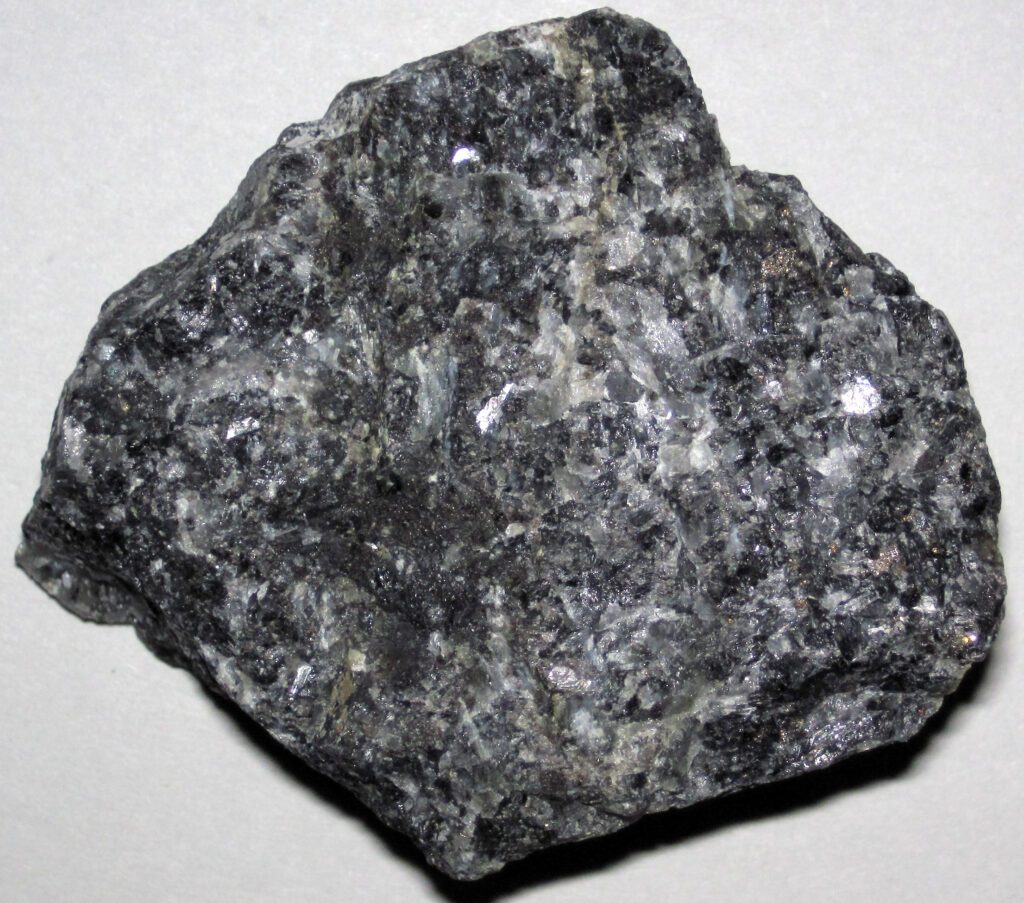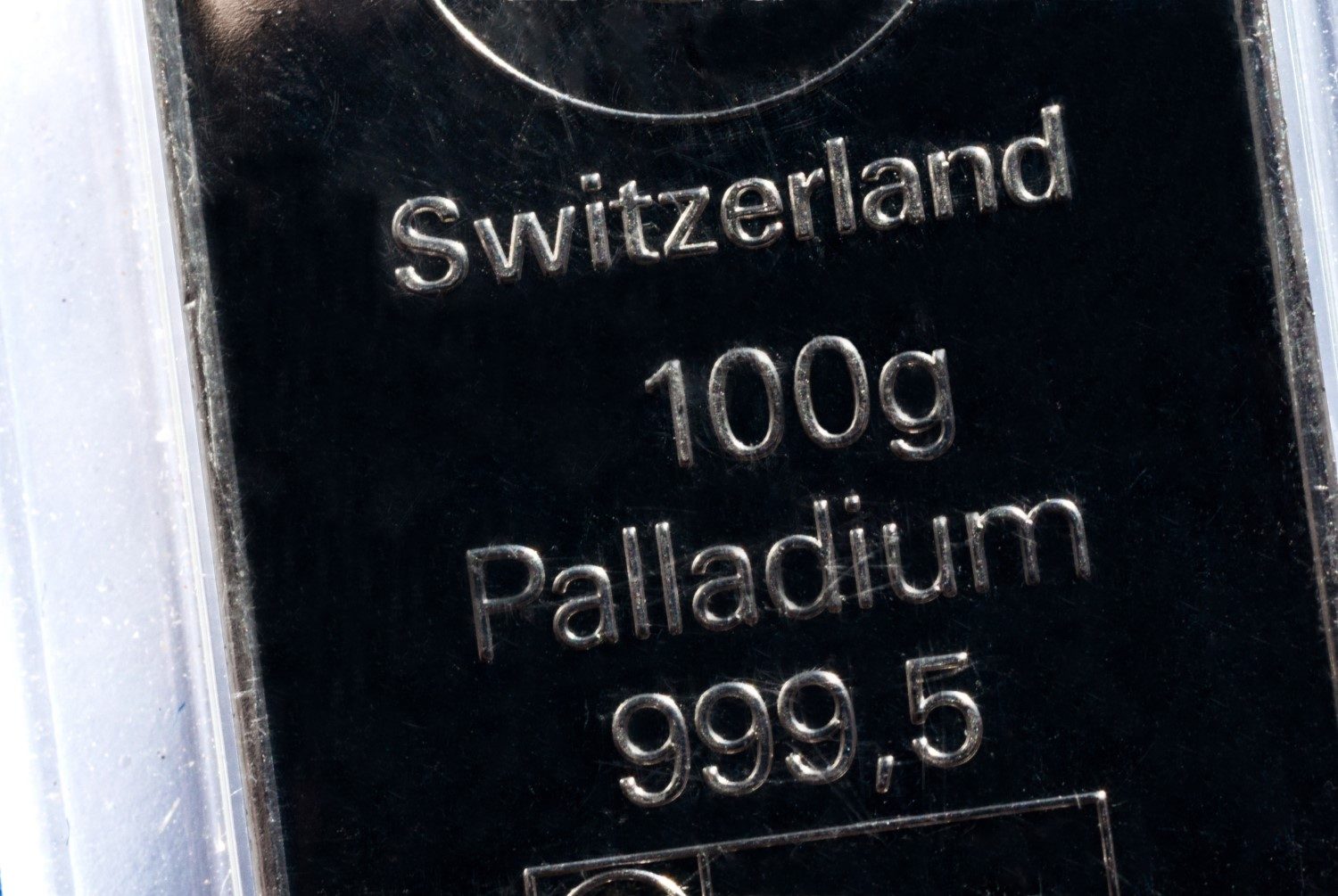The price of palladium has soared in recent years, pushing above a record-high of $3,000 per ounce in May. But what is palladium? You probably know what gold, silver, and platinum are. But you may be surprised to learn that they’re not nearly as valuable as palladium. Here are three fun facts about palladium:
Discovered in 1802
William Hyde Wollaston, an English chemist, discovered palladium in 1802 by accident. Wollaston was experimenting with purifying platinum by dissolving it in a mixture of nitric acid and hydrochloric acid. The residue from his experiment was palladium, which he named after the recently discovered asteroid Pallas. Pallas was an alternate name for the Greek goddess Athena.

Wollaston didn’t announce his discovery initially. Instead, he sold palladium anonymously and marketed it as “new silver.” Richard Chenevix, an Irish chemist, criticized Wollaston and claimed palladium was just an alloy of platinum and mercury.
Chenevix won a prestigious award for his experiments on palladium in 1803. But, in 1805, Wollaston disclosed in a publication he was the original discoverer of the new precious metal.
Palladium’s primary use today
Another fun fact about palladium: After its discovery, palladium chloride was widely used as a treatment for tuberculosis. However, the treatment’s several adverse side effects caused its discontinuation and left room for more effective drugs. It wasn’t until the 1990s that palladium became popular again because of its use in automobiles.
Today, about 85% of palladium’s world supply goes into manufacturing catalytic converters for automobiles. Catalytic converters are coated with a mix of platinum, palladium, and rhodium. These precious metals help reduce a car’s harmful emissions. Scientists have attempted to discover a synthetic alternative, but so far have been unable to do so.
The auto industry’s massive demand for palladium is one reason why its price has skyrocketed. The palladium price has increased nearly 400% in the past five years, as it recently topped $3,000 per ounce.
Palladium prices show little sign of slowing down. Global demand in 2021 for palladium could quite possibly outstrip supply for the 10th straight year. That’s because world governments are tightening air pollution regulations on petrol vehicles and driving up the worldwide demand for palladium.
Where palladium is found
Another of the fun facts about palladium: it’s one of the earth’s rarest elements and it exists at just one to 10 parts per trillion. The precious metal is 30 times rarer than gold, which is another reason its price is so high. Most of the palladium mined and produced in the world comes from the byproduct of nickel refinement. And an overwhelming majority of the world’s palladium comes from Russia and South Africa – around 93%!

Global mine palladium output was 210,000 kilograms in 2020, according to the U.S. Geological Survey; a 7% decline compared to 2019.
Russia and South Africa mined the most palladium in 2020, followed by Canada, the U.S., and Zimbabwe. Montana’s Stillwater Mine is the only place in the U.S. that produces palladium and platinum.
If you’re looking to sell palladium scrap, look no further than Garfield Refining. Established in 1892, Garfield will get you the most for your gold, silver, platinum, and palladium scrap. Call us today at 888-677-2362 to find out why Garfield is a premier precious metals refinery!

